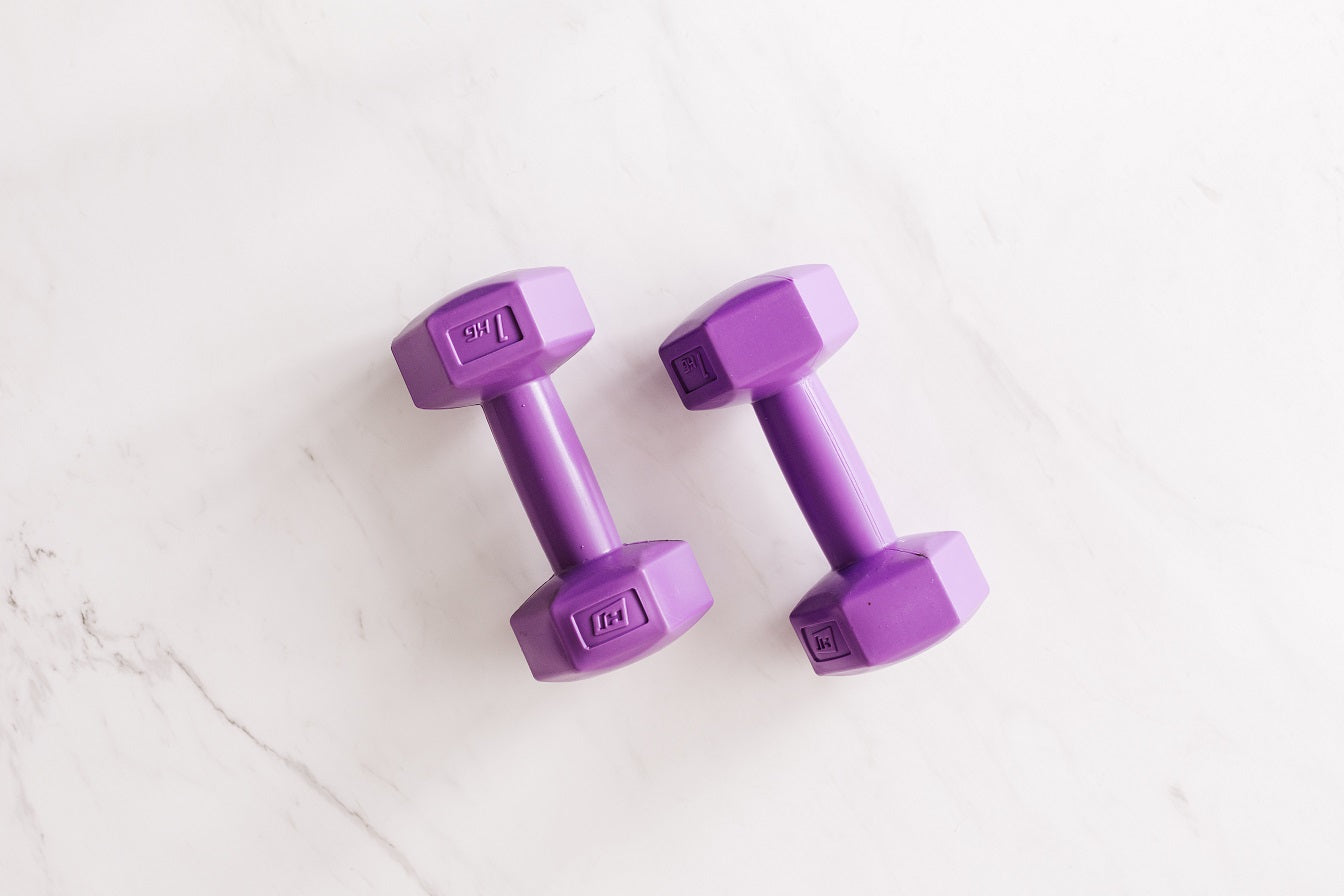In the world of health and fitness, misinformation is rampant and the facts are not always straightforward. Many of the most common beliefs are incorrect or even dangerous. This can make it difficult to separate fact from fiction and make informed choices about what is best for your body, goals, and lifestyle.
In today’s post, we have identified some of the most common fitness myths that could be holding you back from making progress towards your goals.
Myth 1: It’s possible to spot-reduce fat

“Spot-reducing” refers to the idea that you can target specific areas of your body for fat loss, such as your belly or thighs, by doing exercises that focus on working those areas. However, this is impossible. When you exercise, your body burns calories (energy), and fat loss occurs in a generalized pattern across your entire body, not just in the areas you're targeting.
All kinds of factors, including genetics and hormone levels, play a significant role in determining where your body stores and loses fat, and this cannot be changed through exercise alone. Therefore, doing a specific exercise or workout targeting a particular body part will not necessarily result in fat loss in that area. While spot-reducing fat may not be possible, focusing on overall fat loss while building muscle in specific areas can help tone and shape those areas.
Myth 2: You have to work out every day
Have you ever thought “I don’t have the time or energy to work out every day, so I might as well not bother?” This myth is widespread but inaccurate. While daily exercise can be beneficial in some circumstances, your body also needs rest and recovery time to repair and rebuild muscle tissue. Overtraining can lead to fatigue, injury, and burnout, ultimately hindering your progress far more than it helps.
Different frequencies are appropriate for different types of exercise. For example, high-intensity interval training (HIIT) or lifting heavy weights may require more rest days between sessions than low-intensity activities such as walking or yoga.
Experts recommend aiming to get at least 150 minutes of moderate aerobic activity or 75 minutes of vigorous-intensity aerobic activity per week, spread out over multiple days, as well as incorporating strength training on at least 2 days. However, your optimal frequency and duration of exercise will vary based on your individual goals, fitness levels, and preferences.
Additionally, using anti-inflammatory recovery wear like knee sleeves, ankle sleeves, and circulation socks can support your body’s recovery process and accelerate the return to your favorite activities. By increasing the blood and oxygen flow to your muscles, Incrediwear’s recovery wear products can help maximize performance during physical activity while promoting quicker recovery times.
Myth 3: Exercise needs to hurt to be effective

Pain and soreness can be a deterrent that puts people off working out at all. Many people believe the “no pain, no gain” myth that exercise needs to be painful in order to be effective, but this is absolutely untrue.
While it's true that exercise can be challenging, it should not cause you significant pain or discomfort. Pain during your workout is often a sign of an injury or overexertion, and continuing to exercise through pain can exacerbate the injury and prolong your recovery time. Pushing through too much pain can also negatively impact your motivation and enjoyment of exercise, making it less likely that you will continue to work out regularly.
Exercise can be effective and beneficial without being painful or even particularly strenuous. The key to achieving your fitness goals is to find a sustainable routine that you enjoy and can stick with. Gradual increases in intensity, frequency, and duration of exercise, rather than pushing yourself to the point of pain or discomfort, are the key.
If you are sore after your workout, investing in technologically-proven recovery wear can help to enhance your body’s natural healing processes.
Myth 4: Lifting heavier is always better

One of the biggest mistakes that people make when they are new to strength training is to lift too heavy, too quickly. While lifting heavy weights can be an effective way to build strength and muscle, it is not the only way to achieve these goals and in some circumstances it can even be dangerous.
The amount of weight you lift should be based on your individual fitness level, goals, and physical capabilities. Lifting too heavy can lead to poor form and increased risk of injury, while lifting too little weight may not provide enough of a challenge for you to progress.
There are lots of ways to increase the difficulty of an exercise besides adding more weight. You can increase the number of repetitions or sets, decrease your rest time between sets, or try out different exercises to target different muscle groups. Incorporating a variety of exercises and apparatus–such as bodyweight exercises, resistance bands, or kettlebells–can help prevent boredom, challenge your body safely, and improve overall fitness.
Read more

Spring is officially here in the northern hemisphere, and with it we will be enjoying longer days, more light, and warmer weather. For many people, the start of the spring season is when they star...

Women’s History Month, celebrated every year in March, is drawing to a close. Corresponding with International Women’s Day on 8 March, Women’s History Month is dedicated to championing women’s caus...







Leave a comment
All comments are moderated before being published.
This site is protected by hCaptcha and the hCaptcha Privacy Policy and Terms of Service apply.